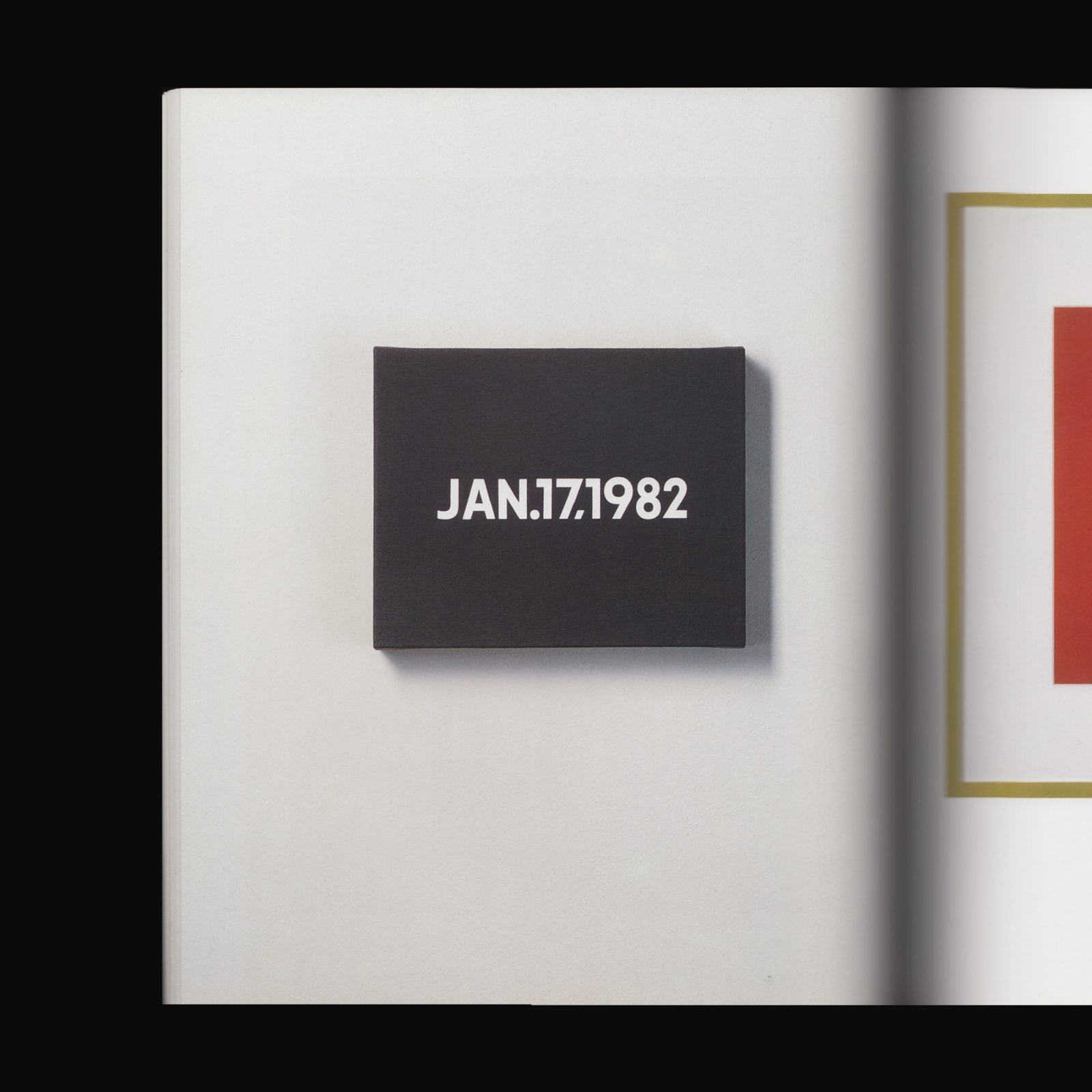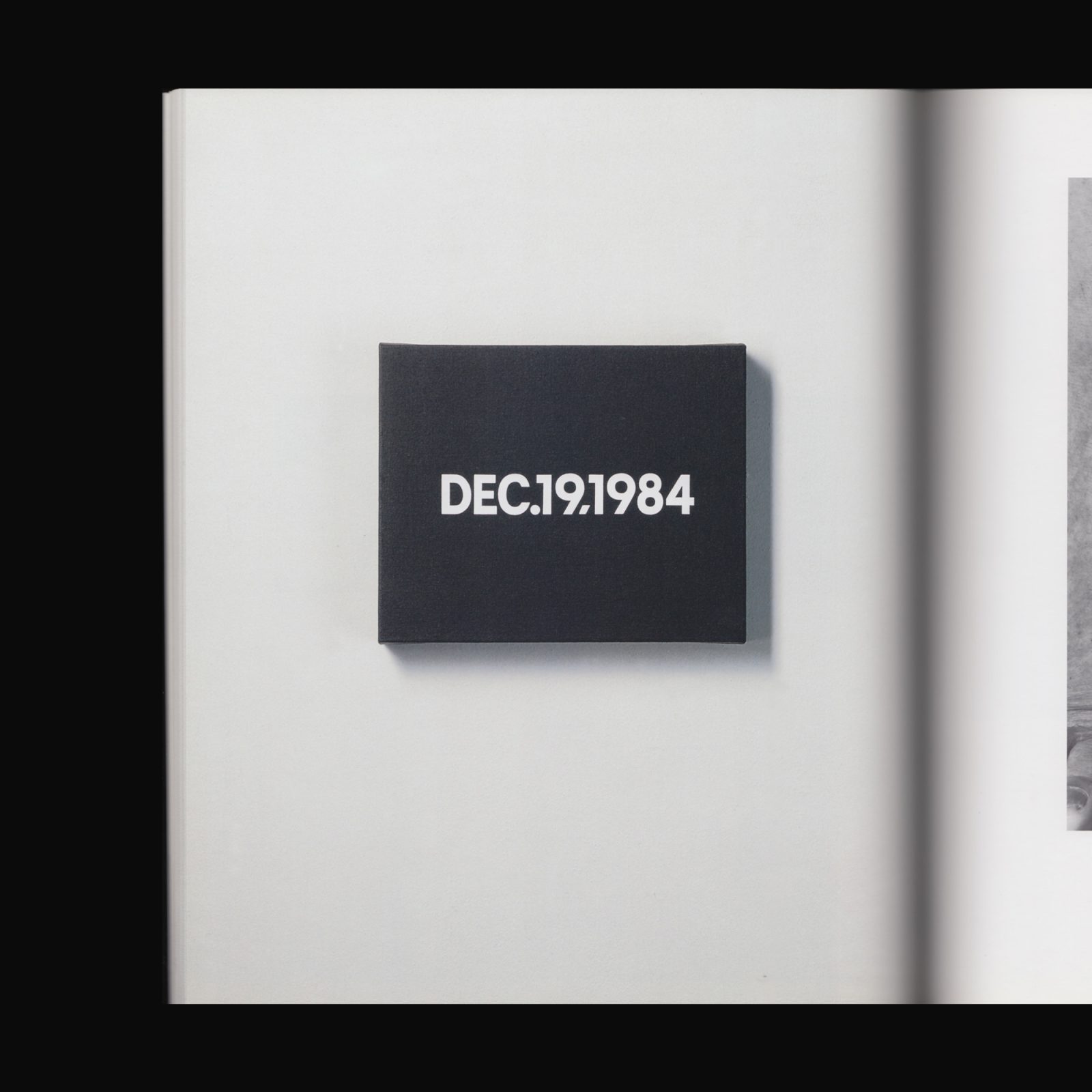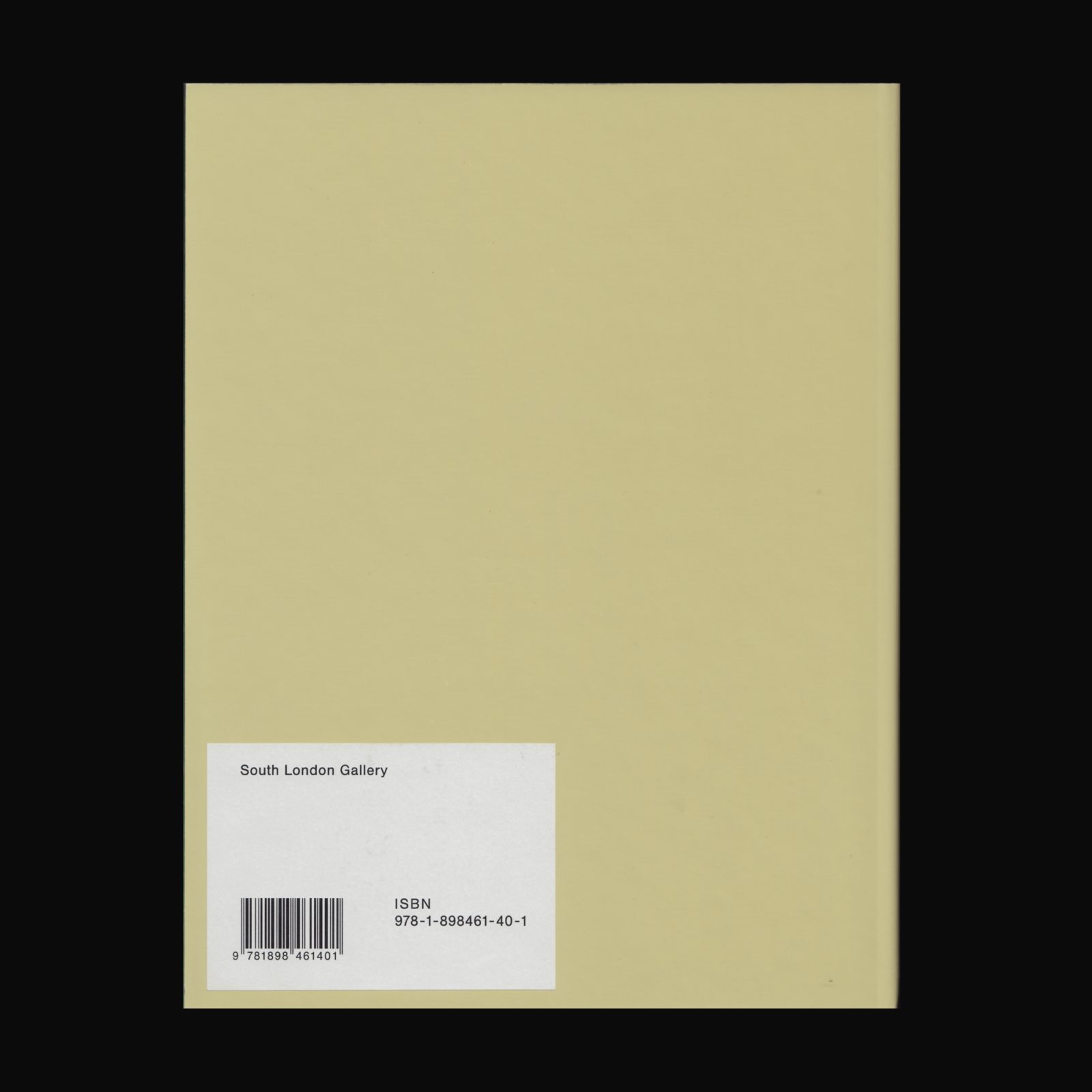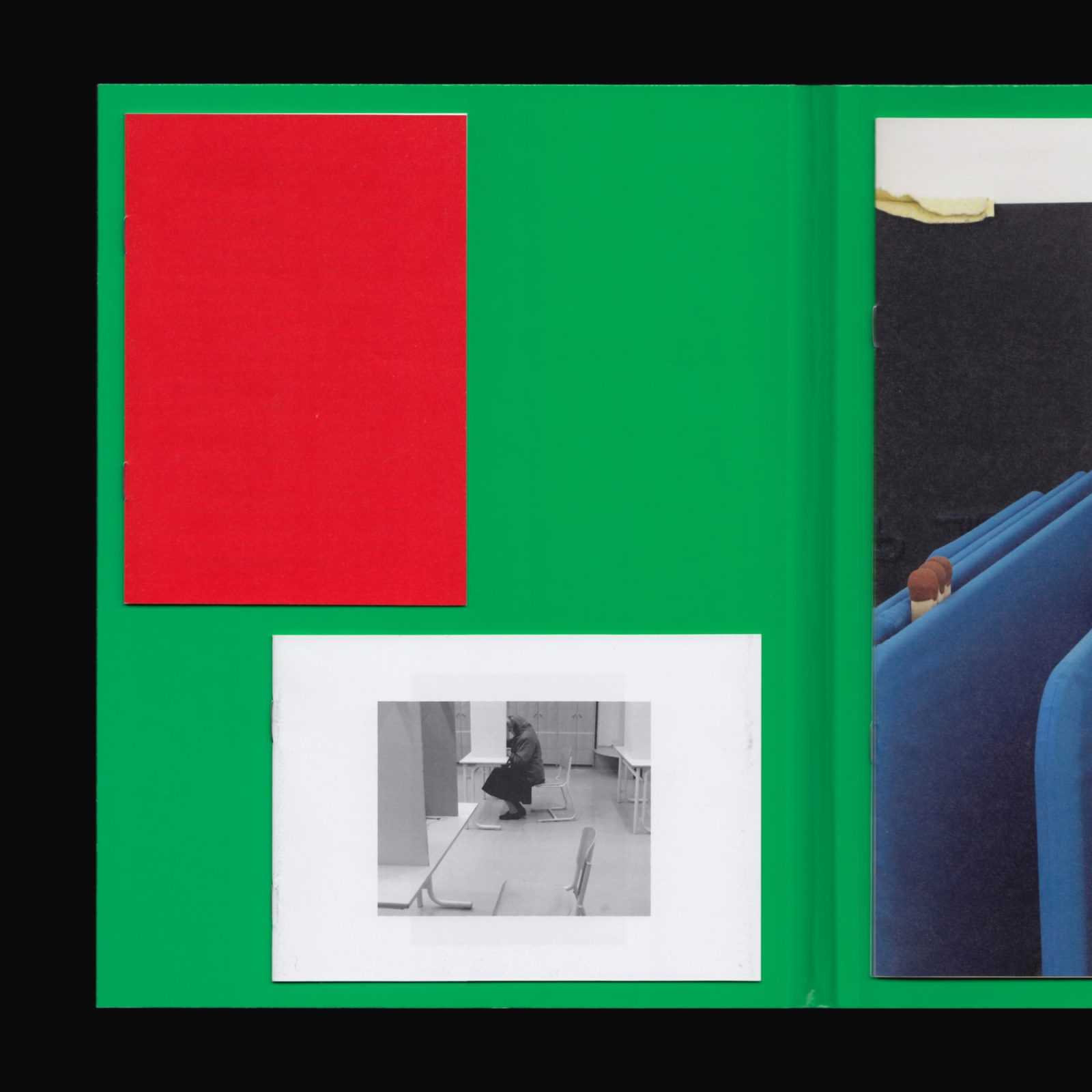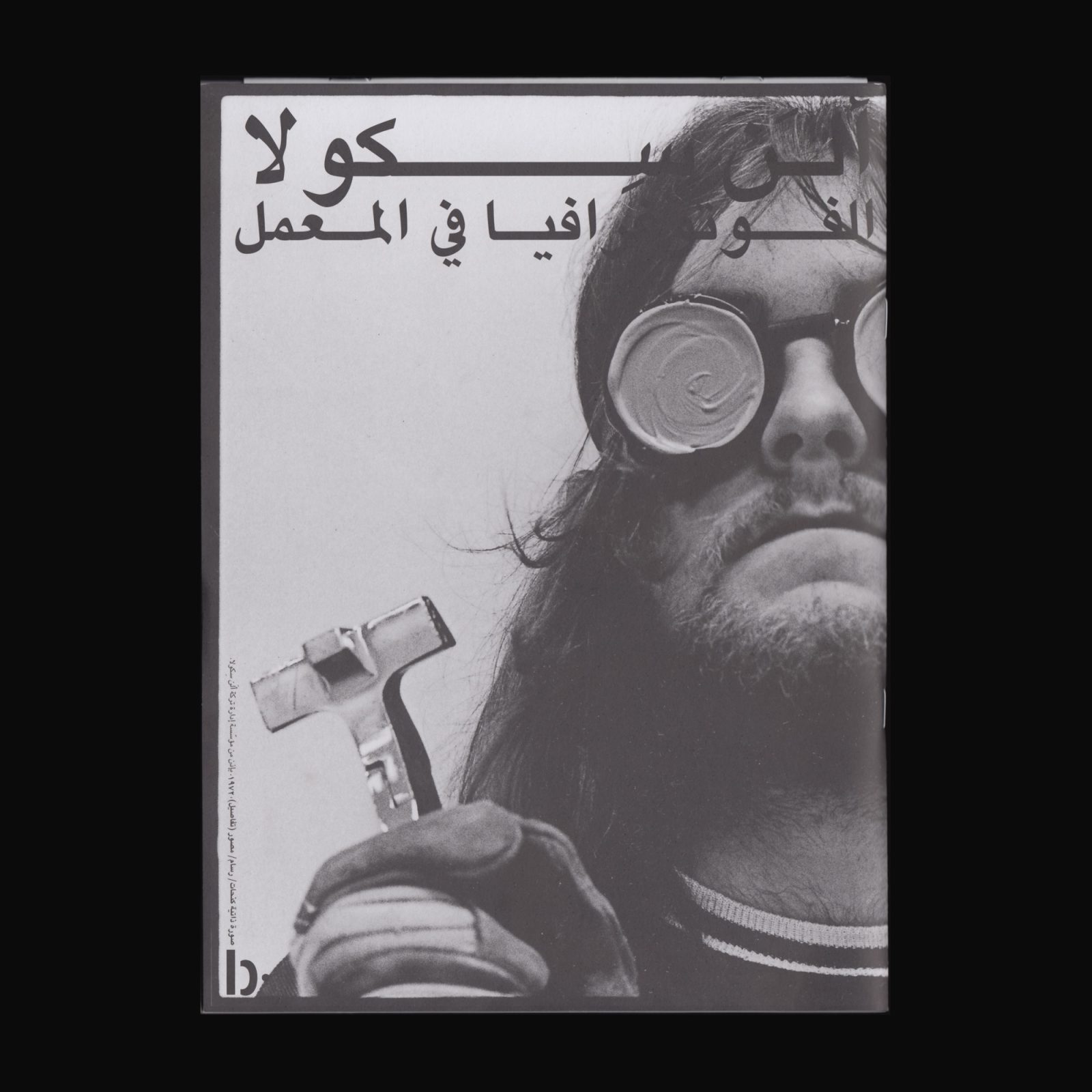Produced on the occasion of the exhibitions Pictures of the Real World (In Real Time) curated by Robert Nickas at The Consortium, Dijon; Paula Cooper Gallery, New York; Le Capitou, Fréjus; Städtische Galerie, Göppigen; Galleria Massimo de Carlo, Milano, presenting On Kawara’s Date paintings in relation to various contemporary photographs.
Featuring the following artists; Dan Graham, Diane Arbus, Garry Winogrand, Douglas Huebler, Lee Friedlander, Larry Clark, William Eggleston, Nan Goldin, Peter Hujar, Jan Groover, Peter Campus, James Welling, Cindy Sherman, Sherrie Levine, Richard Prince, Barbara Bloom, Louise Lawler, Sam Samore, John Coplans, Barbara Ess, Andres Serrano, David Robbins, Jeanne Dunning, Zoe Leonard, Félix González-Torres, Philip-Lorca Di Corcia, Charles Ray, Robert Barry, Danny Lyon.



